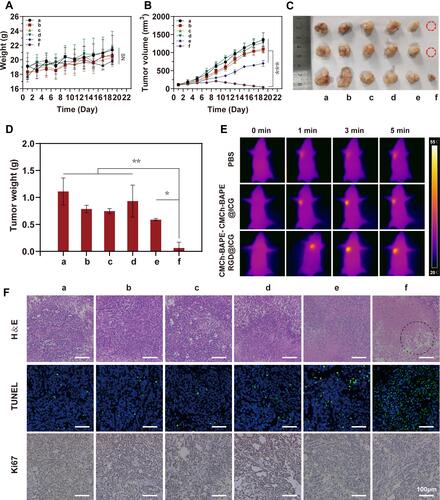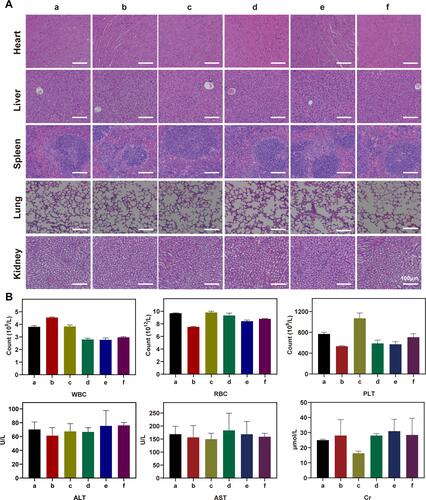Figures & data
Scheme 1 Schematic illustration of CMCh-BAPE-RGD@ICG for NIR imaging and photothermal therapy of gastric cancer.
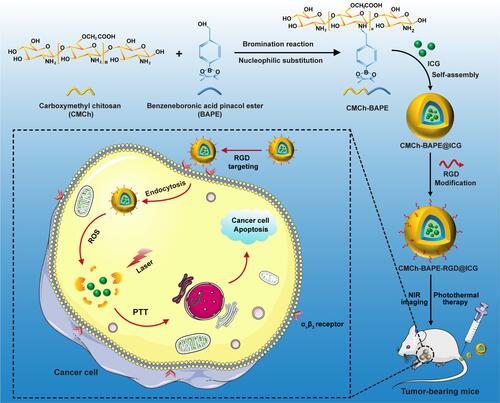
Figure 1 (A) TEM images of CMCh-BAPE-RGD@ICG. (B) Diameter distribution of CMCh-BAPE-RGD@ICG. (C) 1H-NMR of CMCh-BAPE-RGD@ICG. (D) UV-vis absorption spectra and (G) emission spectra of ICG and CMCh-BAPE-RGD@ICG. Changes of absorption and emission spectrum of ICG (E and H) and CMCh-BAPE-RGD@ICG (F and I) in aqueous solution within 48 h.

Figure 2 (A) Diameter distribution of CMCh-BAPE-RGD@ICG in the present of H2O2. (B) ROS-responsive leakage assessment of DOX in vitro. (C) Flow cytometry analysis of ROS level. (D) Mean fluorescence intensity from flow cytometry analysis (n=3). (***) P < 0.001.
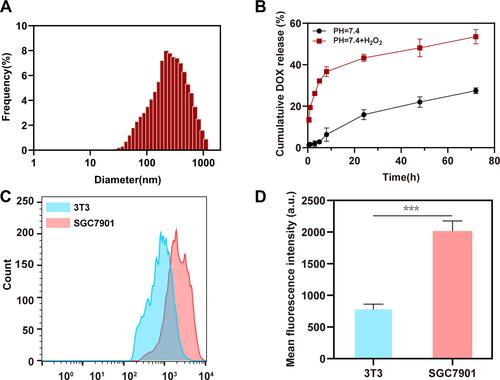
Figure 3 (A) Optothermal heating curve of PBS, ICG, CMCh-BAPE@ICG and CMCh-BAPE-RGD@ICG. (B) Temperature rise profile of CMCh-BAPE-RGD@ICG with different concentrations. (C) Corresponding infrared thermographic images.
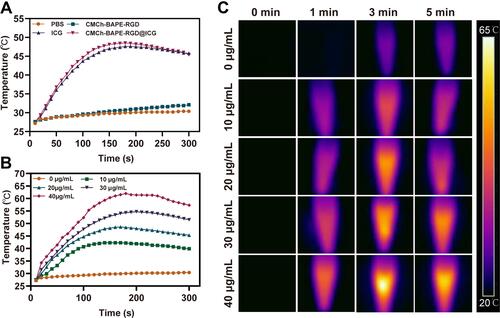
Figure 4 Flow cytometry analysis of ICG and CMCh-BAPE-RGD@ICG by SGC7901 cells at 3 h (A) and 6 h (B). (C) Mean fluorescence intensity from flow cytometry analysis (n=3). (D) Confocal laser scanning microscope images of SGC7901 cells after treated with ICG and CMCh-BAPE-RGD@ICG for 6 h. (*) P < 0.05, (**) P < 0.01 and (***) P < 0.001.
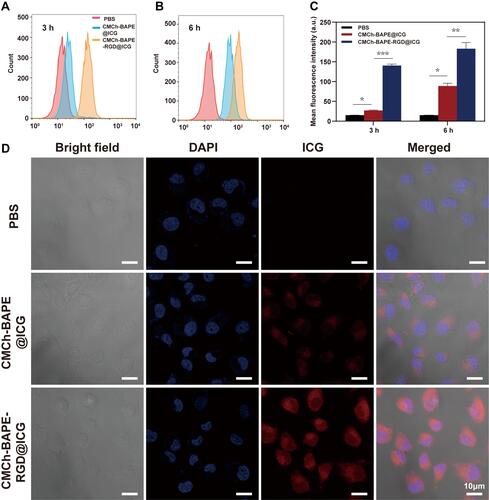
Figure 5 (A) CCK-8 assay of CMCh-BAPE-RGD@ICG on L929 cells with different concentrations. (B) Live/Dead staining imaging of SGC7901 cells after treated with ICG or CMCh-BAPE-RGD@ICG with or without laser irradiation. (C) The viability of SGC7901 cells incubated with CMCh-BAPE-RGD@ICG at different concentrations with or without laser irradiation. (D) SGC7901 cell viability treated with PBS, ICG or CMCh-BAPE-RGD@ICG with or without laser irradiation. (E) Apoptosis analysis of SGC7901 cells received the same treatment as (D) by flow cytometry with Annexin V-FITC/PI double-staining assay. (NS) P ≥ 0.05. (*) P < 0.05, (**) P < 0.01 and (***) P < 0.001.
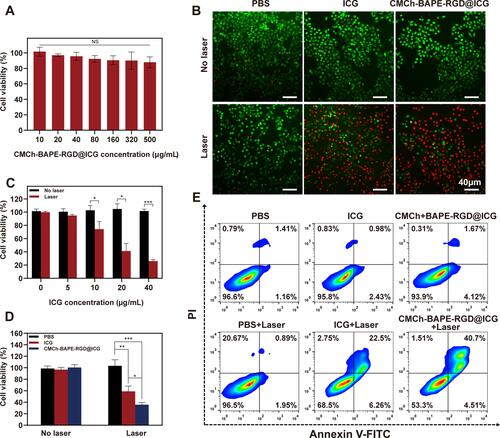
Figure 6 Hemolysis assay (A) and SEM (B) of erythrocytes of CMCh-BAPE-RGD@ICG with different concentrations.
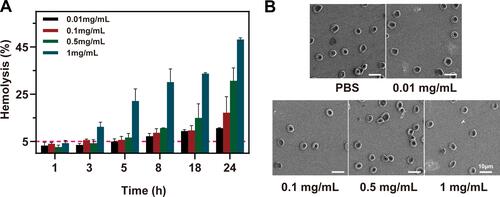
Figure 7 (A) In vivo fluorescent imaging of tumor-bearing mice after intravenous injection of CMCh-BAPE@ICG and CMCh-BAPE-RGD@ICG at indicated time points. (B) Ex vivo fluorescence signal of excised tumors and organs at 8 h after injection.
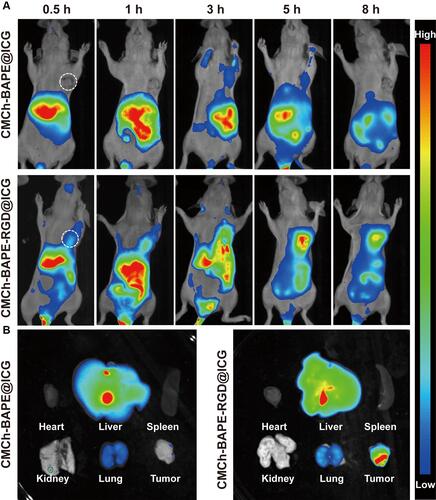
Figure 8 (A) Weight changes curve within 21-day treatments of each group. (B) Tumor growth curve within 21-day treatments of each group. (C) Images of tumor in each group collected on day 21. (D) Average tumor weight in each group after 21-day treatment. (E) Infrared thermographic images of mice received different treatments. (F) H&E, TUNEL and Ki67 staining of tumor sections in each group. Severely damaged tumor tissue are indicated by a black circle. Note that a-f represent different treatments: a.PBS, b.CMCh-BAPE@ICG, c.CMCh-BAPE-RGD@ICG, c.PBS+laser, d. CMCh-BAPE@ICG+laser, e. c.CMCh-BAPE-RGD@ICG +laser. (NS) P ≥ 0.05. (*) P < 0.05, (**) P < 0.01 and (***) P < 0.001.
